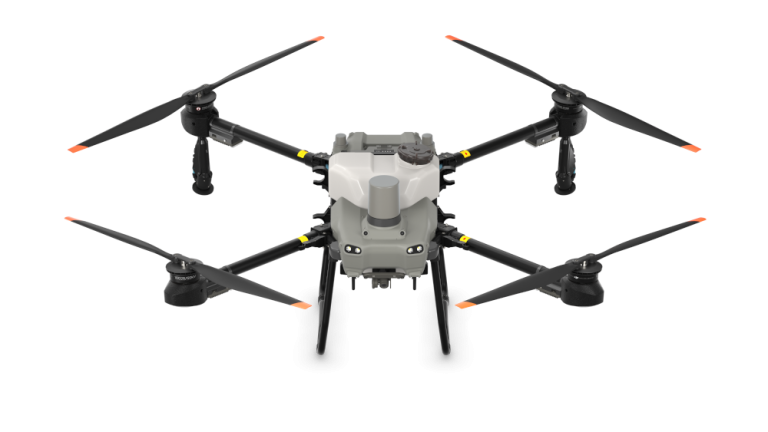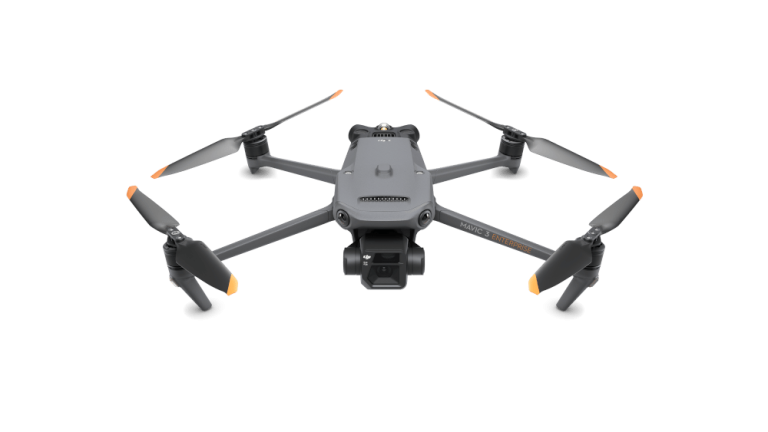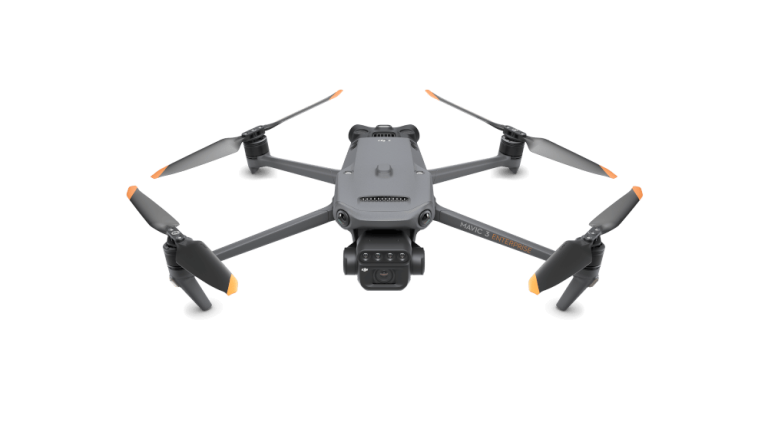When purchasing traditional equipment for spraying, the farmer expects it to be able to spray the plants with the right chemical. It’s not something you would even consider using for other jobs.
When you buy a spraying drone, you actually get a comprehensive device. In addition to spraying plants very accurately and effectively, an agricultural drone is also suitable for a number of additional tasks:
- fertilization,
- spraying herbicides,
- spraying insecticides,
- spraying fungicides,
- spraying seeds,
- spreading food, e.g. to fish, etc.
But versatility is only one thing. Agricultural (spraying) drones perform these tasks cheaper and faster than conventional machines.
Information From a Bird’s-Eye View
Surveying or mapping drones can monitor the terrain in a way that was not possible before. This information will help you to plan sowing, assess your farmland, and analyze your crop health based on detailed NDVI and RGB aerial imagery.
However, in many places, survey and monitoring drones are not only used for this. Surveillance and securing large areas of land is difficult to solve with traditional methods. Look-outs and scarecrows are no longer effective. Drones can cover vast areas in a short time, and if necessary, the operator can immediately alert security people, so air surveillance can replace traditional continuous guarding. In addition, these drones can be used to check the condition of wildlife fences. We can find where the fence is damaged so animals can get in—and then we can fix those points.
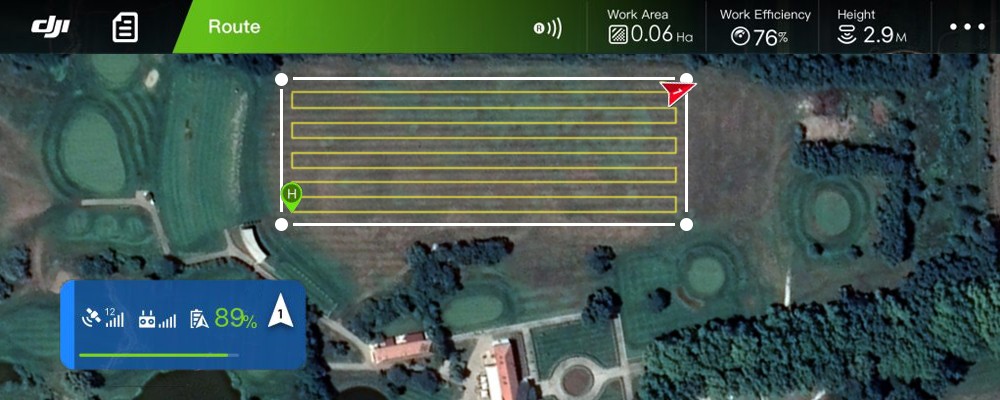
Precision Crop Protection With Drones
Modern agriculture would be impossible without the use of modern chemicals. This is an extremely delicate activity that requires speed, attention and precision. Using the right chemicals in the right amount, in the right place and at the right time is a constant challenge for farmers. Too high a concentration in a given place can lead to unnecessary costs and lower the quality of the product. Too low a concentration can make plants susceptible to diseases and pathogens, and therefore endanger crops.
Drone detection and spraying—a key part of precision agriculture—allows the spray to reach exactly where it is needed, in just the right amount.
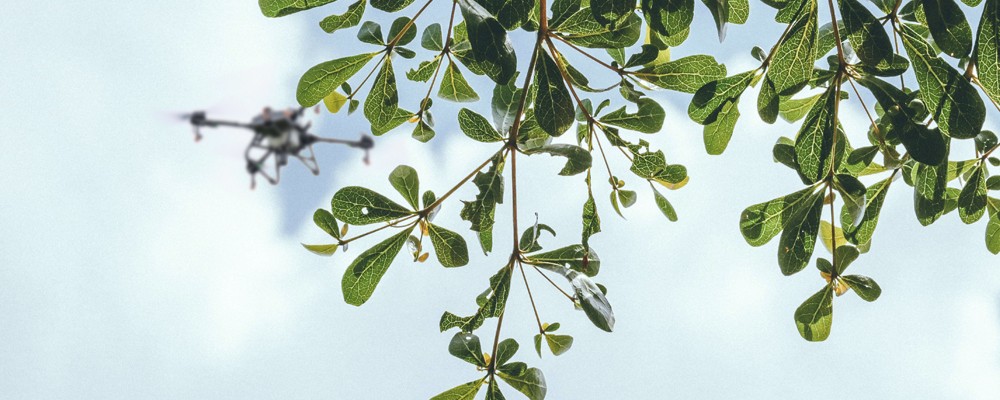
Controlling Liquid in Motion in the Air
For a drone, carrying 20-30 liters of liquid is a completely different challenge than carrying cameras, sensors and other solid loads. As the drone moves and the spray level decreases, the liquid in the tank moves back and forth, and its center of gravity changes. DJI’s engineers use a special algorithm for spraying drones to compensate for the dynamically changing center of gravity and load.
Spraying Drones Can Do More
High-precision, automated spreading of various kinds of granular materials is a huge step towards the digitalization of agriculture and intelligent farming. T30, the latest drone in the DJI AGRAS range, offers 40-kg capacity and a 7-meter spraying width, which represents a significant level of productivity.
Today it is still a rarity, but the technology already allows seed to be sown using drones. Following a preloaded map, drones can spread seed on the ground at very low altitudes. This can speed up planting and save significant manpower. However, the use of drones is not limited to distributing seeds. The technology can be deployed to spread pesticide, fertilizer, animal feed and herbicide.

Using Drones Against Mosquitoes
In a groundbreaking 2019 experiment, scientists used an adapted DJI AGRAS drone to reduce the transmission of malaria in Zanzibar, Tanzania. The drone sprayed a series of rice paddies with a biological control agent, which sits on the surface of the still water to prevent freshly hatched mosquitoes from leaving. Luckily, there is no high malaria risk in Europe, but mosquito control is important for us as well in the summer, and this experiment demonstrates the versatility of spraying drones.
Not All Drones are Suitable for Agricultural Work
More and more drones are available on the market every day. It is important to note that not even all of the major drones are suitable for agricultural work. Weighing in at 24.6kg, almost 3 m across, and with a maximum potential takeoff weight of 76.5kg, the DJI AGRAS T30 is definitely an impressive vehicle. But that’s not everything. Unlike many members of its weight-class, its designers have already prepared it for the special demands of agricultural work, so special spraying equipment is available for it.
Summary
A wisely chosen spraying drone is indeed an extremely versatile tool that is an excellent support in modern precision agriculture. Regular exploratory flights make it possible to assess the needs in a timely manner, and the precise delivery of chemicals makes the use of chemicals cheaper and more effective. Thanks to this precise operation, the agricultural drone is one of the fastest ways of achieving a return on your investment.
